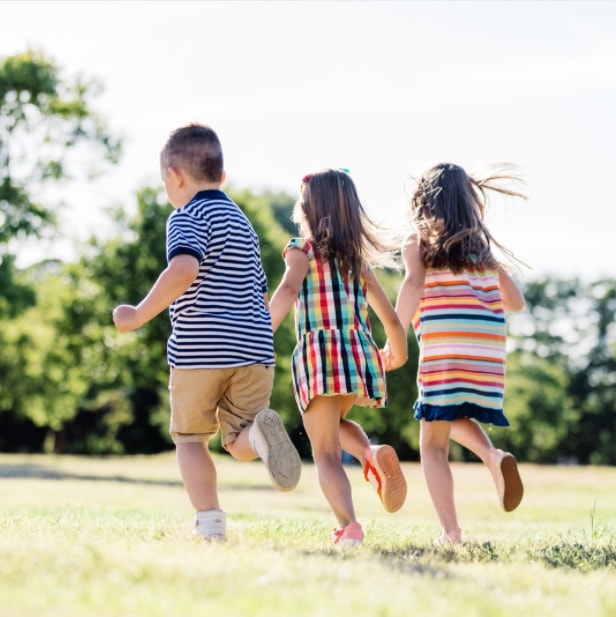5 Things To Teach Your Kids About Halloween
We think it’s important to teach kids about Halloween festivities and like all good traditions, where it all started.
“Why do we go trick-or treating?” my 6-year old once asked. Like all kids he associated Halloween with all it’s fun – dressing up, going trick-or-treating and making jack-o-lanterns.
But this year he surprised me with his questions and wanting to know more about the where it began.
As Halloween month creeps closer I think its a perfect time for some Halloween lessons. Teach kids about Halloween, where the tradition came from and why we celebrate this special time of year.
Teach Kids About Halloween Traditions With These Fun Halloween Lessons
At Famous Parenting we believe that life is all about the journey. Our role as parents is to try and raise our kids to be the best version of themselves.
With that end in mind the education journey should be fun while teaching valuable lessons.
To make this learning experience an interesting one for your kids try to present these 5 facts in the form of short Halloween lessons.
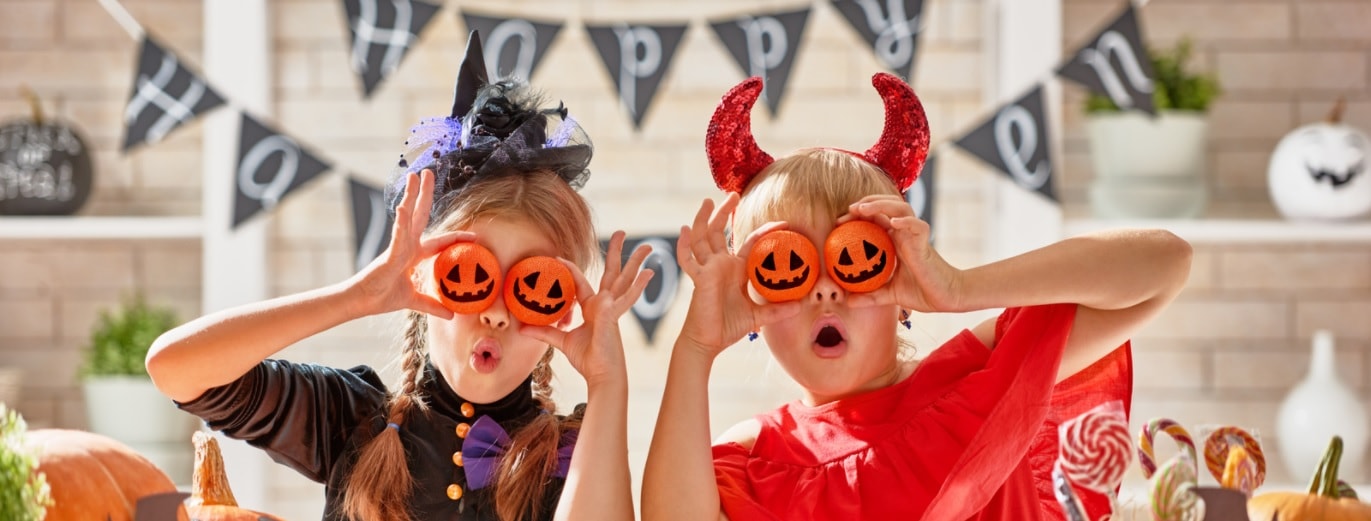
The Origin Of Halloween
Every story has a beginning so let’s explore where Halloween lesson of where it all started!
The origins of Halloween trace back to an ancient Celtic tradition the festival of Samhain.
According to Celtic lore, October 31st marked the end of harvest season and the beginning of winter. Winter was seen to be the darker half of the year with short days, cold winds and people dying.
The ancient Irish believed that on October 31st the boundaries between the two worlds (living and dead) were at its weakest. This would allow the ghosts of the dead to visit our world.
This belief later spread to Britain and finally to America when Irish immigrants entered the country in the early 20th century.
How it all started is important to teach kids about Halloween and why we celebrate it.
Fun Facts
- Halloween is an abbreviation of “All Hallows’ Eve” and means “hallowed evening.”
- Early Christians called it All Souls Day and this was later shifted to November 2nd.
Activities
- Take a trip to the local library and help your kids find books on Halloween.
- Use a map to point out the key locations where Halloween is celebrated such as Ireland, England and America.
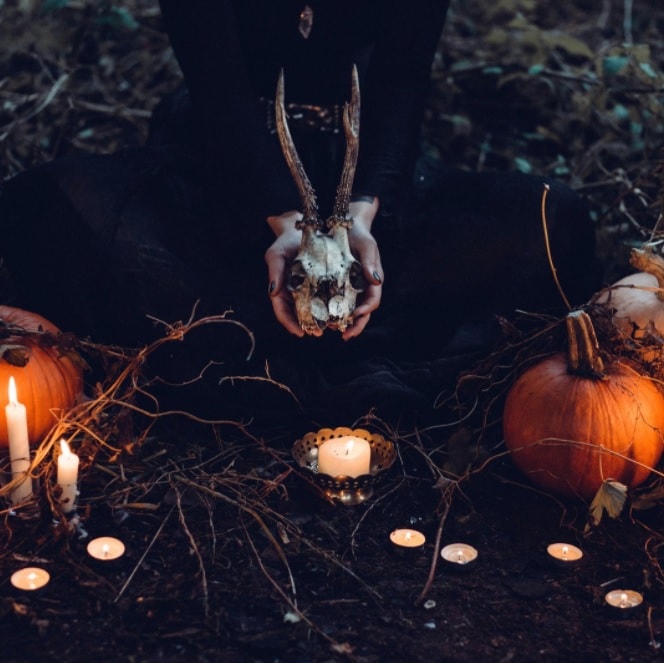
Halloween Lesson About Colors
Ever wondered why we always see orange and black during Halloween?
It appears that the use of these colors symbolizes a deeper meaning.
- Orange stands for strength and endurance which the people needed to get through winter. It can also be seen to represent autumn, fire and pumpkins.
- Black is a symbol of darkness and death. It can be associated with the long, bleak nights of winter with fear and endless silence.
Over the years we have seen the inclusion of other colors.
- Purple representing the supernatural and mystical. We associate purple with spirits of the dead, witches and vampires
- Green for goblins, monsters and zombies.
- Red as it is the color of blood and evil.
Activity
- Using Halloween colors make masks or paint each other’s faces.
Trick-or-Treating, Costumes and Bonfires
Use this Halloween lesson to teach kids about these fun traditions and what they mean.
The ancient Celts placed food and drinks on their doorstep on the last day of October as gifts for priests. This was to placate the spirits that roamed around their streets during Samhain.
The people wore masks and dressed up in ghost costumes to ‘blend in’ with the dead. They wanted to avoid being recognized as alive for fear of being taken into the spirit-world.
Bonfires were lit at the start of winter to ward off any evil spirits. Built on hill tops to be seen from afar the villagers gathered to give thanks for their harvest.
Each house re-lit their hearth fires for winter from this bonfire to frighten away evil spirits and keep warm.
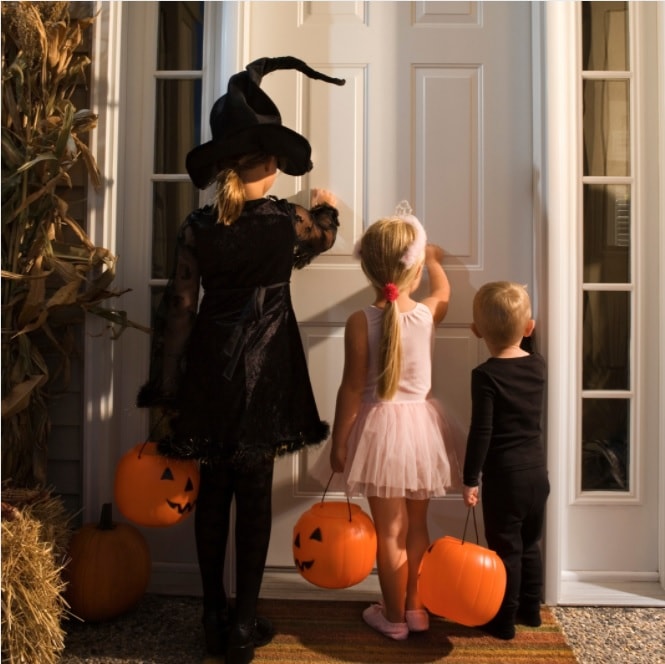
Fun Facts
- When Britain began celebrating Halloween a tradition of souling emerged. Children and the poor would go door-to-door praying for any departed souls of the family within. Being without money and often hungry they did this in exchange for food.
- To teach kids about Halloween trick-or-treating know that it came about in Scotland in 1895. In those days it was termed guising – a shortened version for being in disguise.
- Young people would dress in elaborate costumes to visit houses. However, instead of praying for the departed they would perform a ‘trick’ such as a song, poem or tell a joke.
- Trick-or-treat meant – Give us a treat or we will play a trick on you.
Activities
- Collaborate and plan your costumes for Halloween.
- Learn a few new tricks individually or as a family.
What Does Jack-O-Lanterns Teach Kids About Halloween
The use of jack-o-lanterns is another Celtic custom. It is intended to welcome home the spirits of deceased ancestors while warding off any evil ones.
Vegetables were carved and a candle was lit and placed inside creating a lantern to light the way.
Fun facts
- Initially in both Ireland and England people carved turnips, potatos and beets for lanterns as this was what was available.
- A fun fact to teach kids about Halloween is that pumpkins weren’t often used until the tradition came to America. People chose to use pumpkins as they were associated with the harvest season and were in ready supply.
Activities
- Go shopping and get a pumpkin for each member of your family to carve.
- Hold a pumpkin carving competition with the winners to go at the front door.
- Light up your fireplace and tell your kids the story of Stingy Jack.
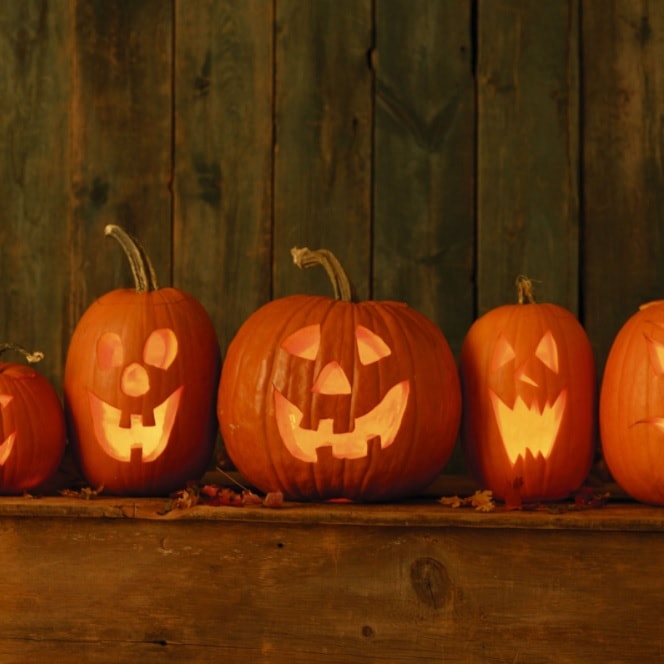
What The Mascots Teach Kids About Halloween
Our final lesson to teach kids about Halloween is to explore why black cats, spiders, owls and bats are considered the mascots of Halloween.
- Black cats: These were deemed to be reincarnations of living people. During the Middle Ages people believed that black cats were actually witches in disguise.
- Spiders: Spiders were once thought to be the companions of witches. Also, they are associated with haunted houses and graveyards. It is believed that if you see a spider on Halloween the spirit of your loved one is watching over you.
- Bats and owls: In olden times the bonfires used to attract a lot of insects which in turn attracted owls and bats. And that’s how a natural food chain link became a part of Halloween festivities. Similar to the superstition about spiders, the presence of a bat or owl flying into a house on Halloween indicates that the house is haunted.
Activities
- Bake some Halloween cookies in the shapes of cats and bats.
- Cut paper designs of bats, spiders, and cats, and string them up to make Halloween banners.
Conclusion
Halloween is always a fun time for every family. Make the month of October more meaningful by teaching kids about Halloween and it’s traditions.
We have made it easy for you by using these simple Halloween lessons.
My name is Andrea Thompson and I’m a home based freelance writer. I’m 23 years old, married to my best friend, and mother to a wonderfully independent and opinionated 3 year old girl and step-mother to a sweet seven year old boy. I live in a tiny, little town in Kentucky, where I spend my free time fishing with my kids.
Writing has always been my passion, which I followed through high school, and for a while in college. Life happened, and once I discovered we were pregnant, I switched directions; opting for the healthcare industry because of the stability.
Finally, years later, I was in a place where I could leave the day job that never truly made me happy, and pursue my dreams. I’ve built, and am still building, my writing career from scratch. But, I’m passionate and I’m good at what I do. And, in the end, I can prove to my daughter that she can do anything she wants with this life.





